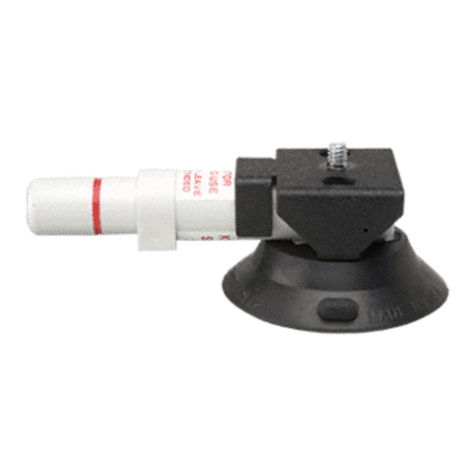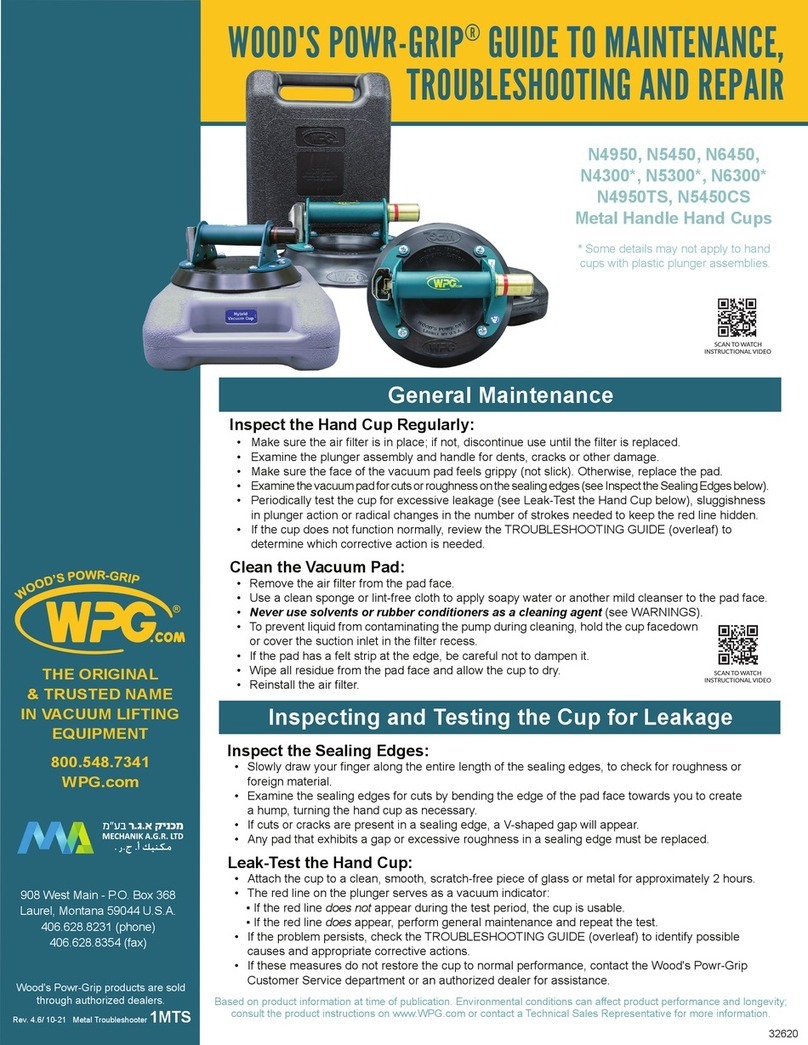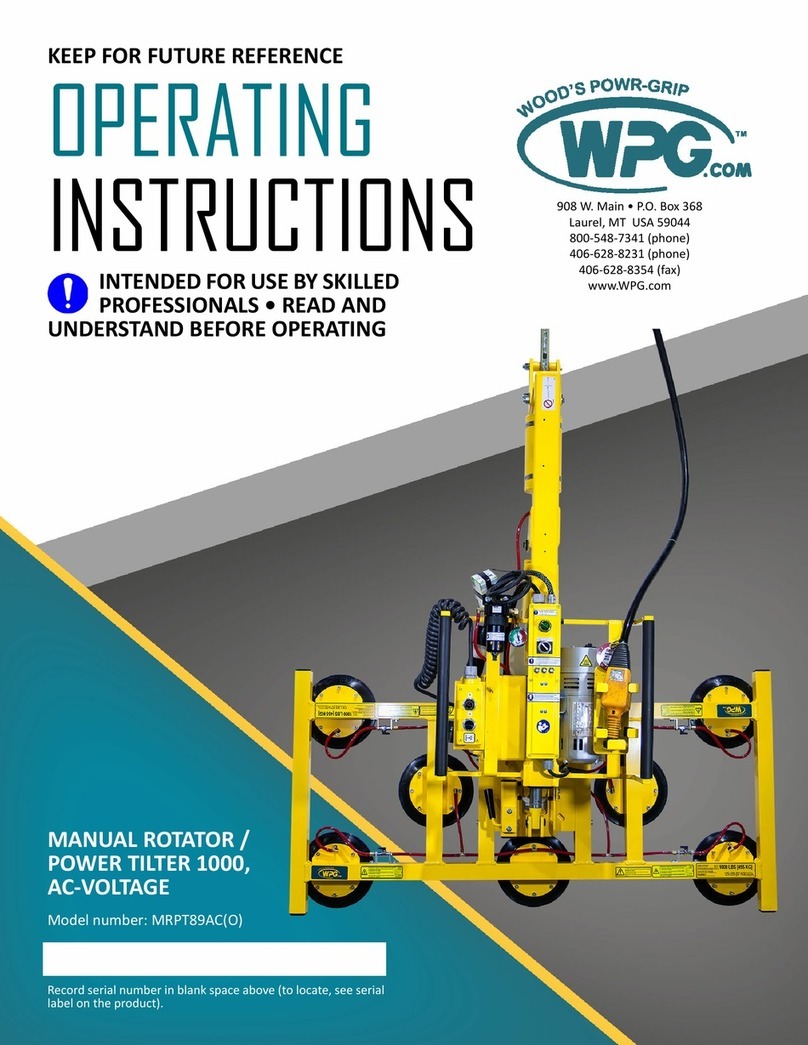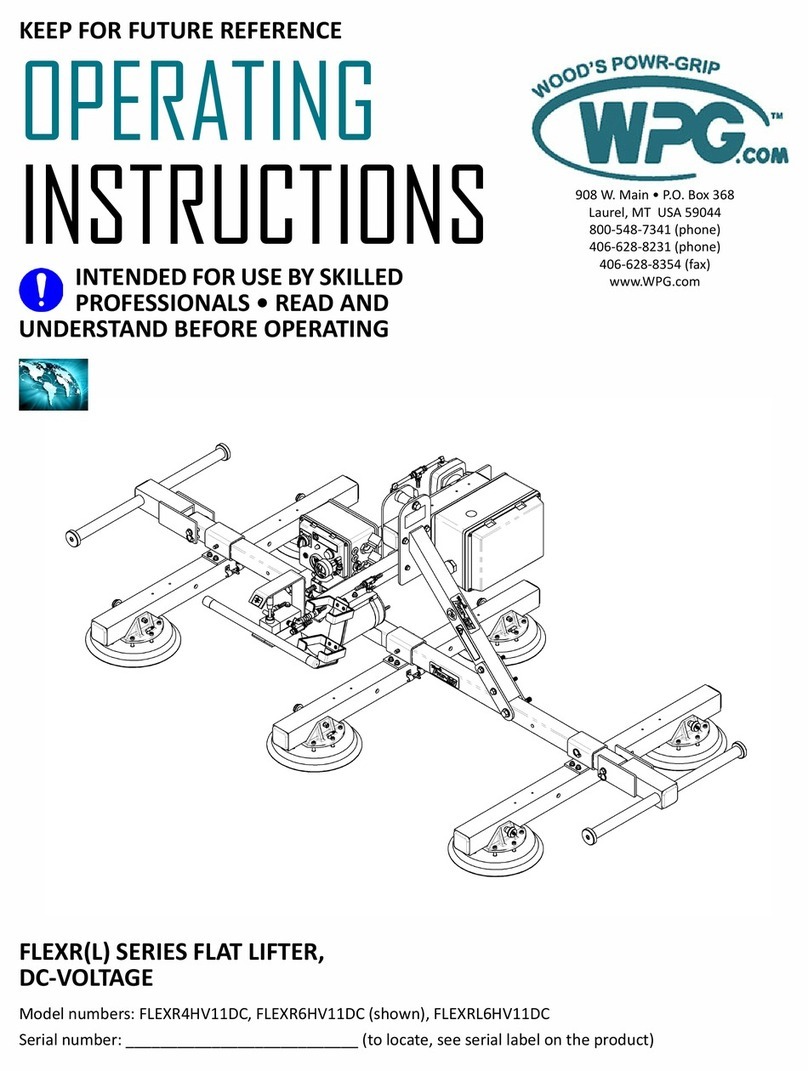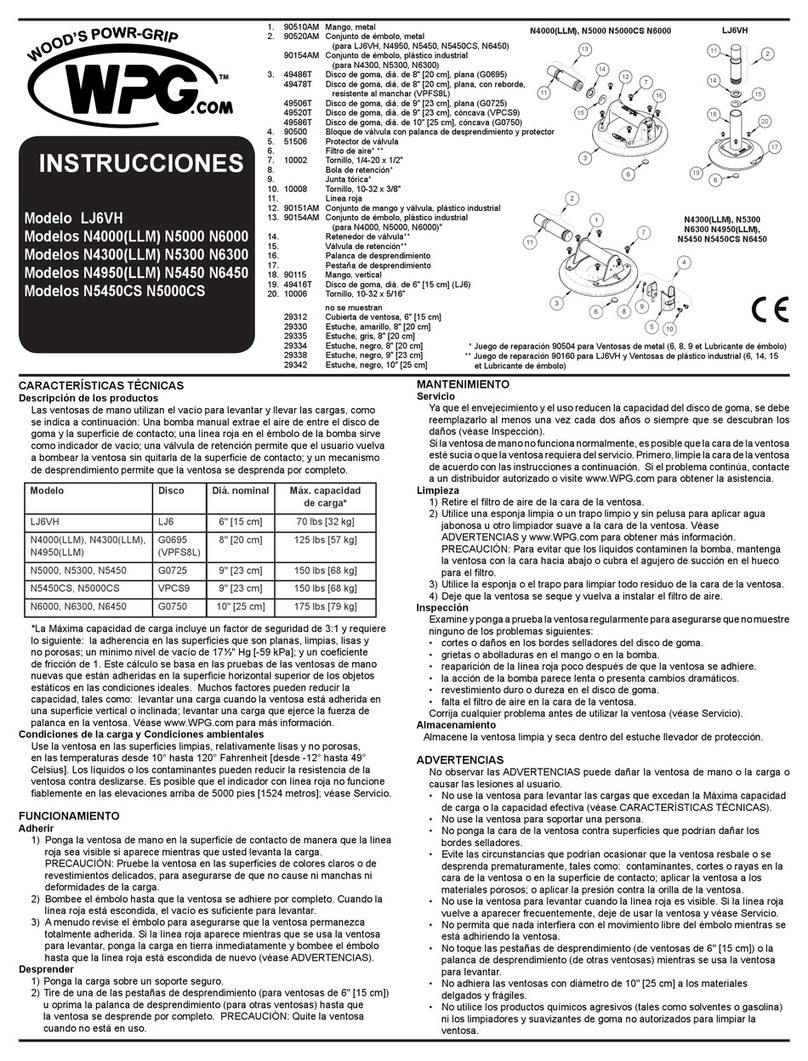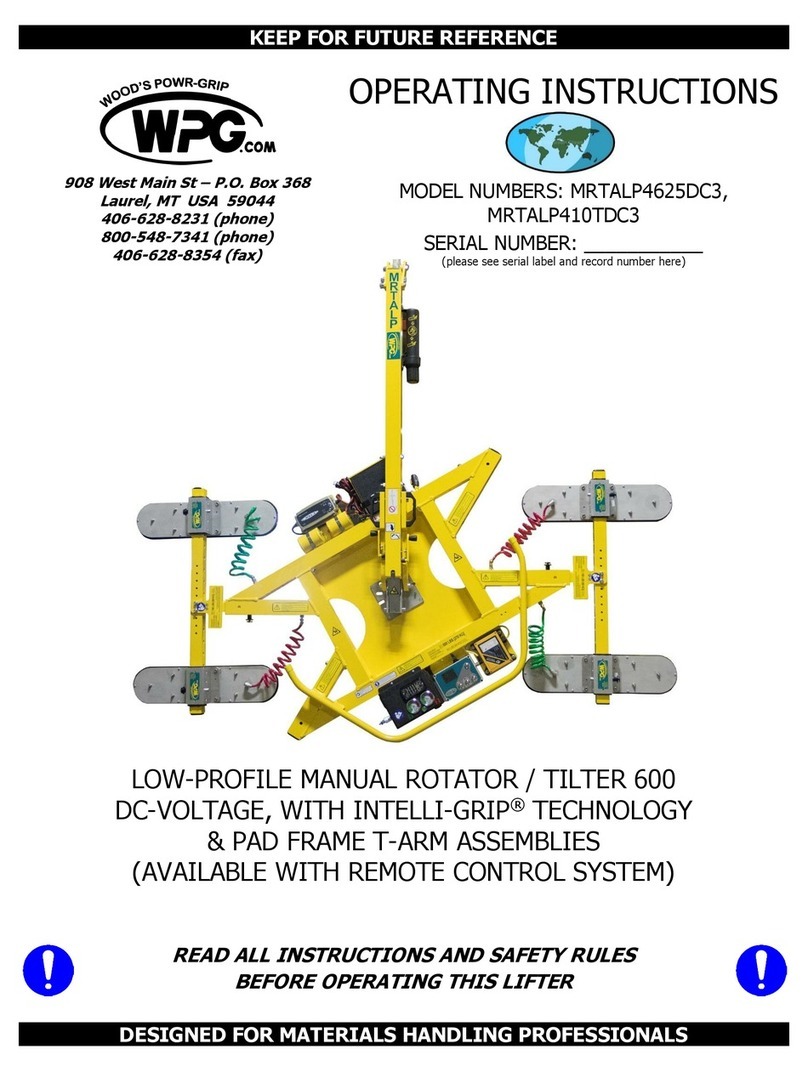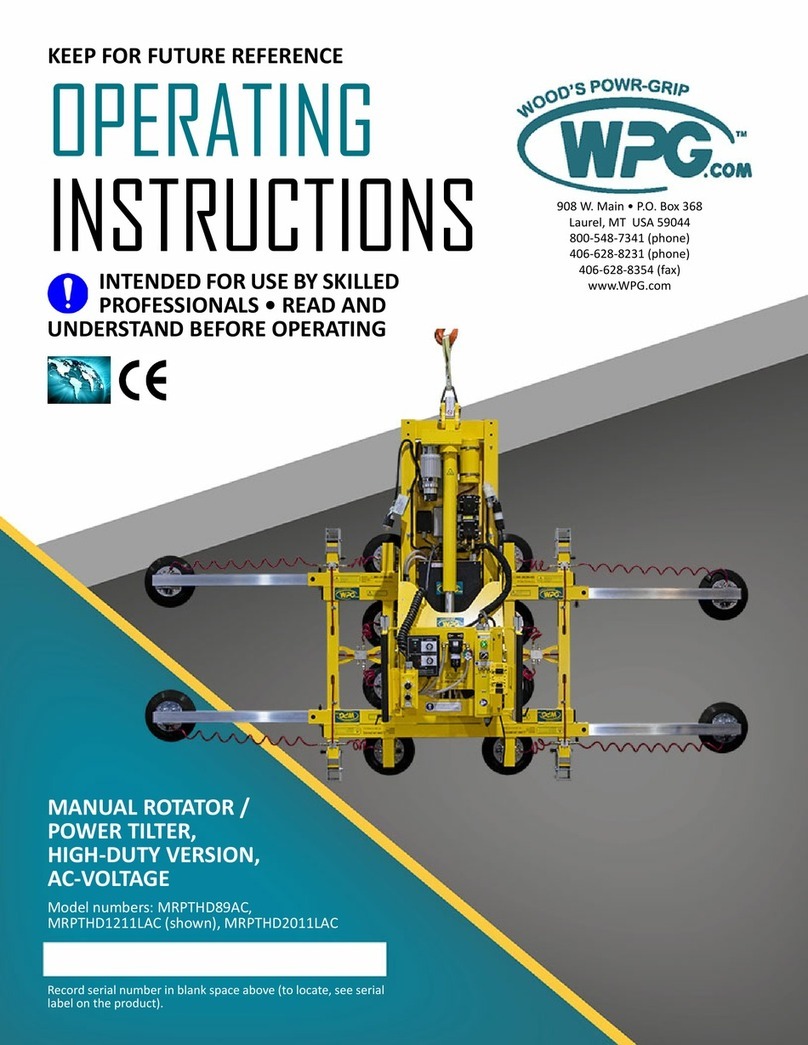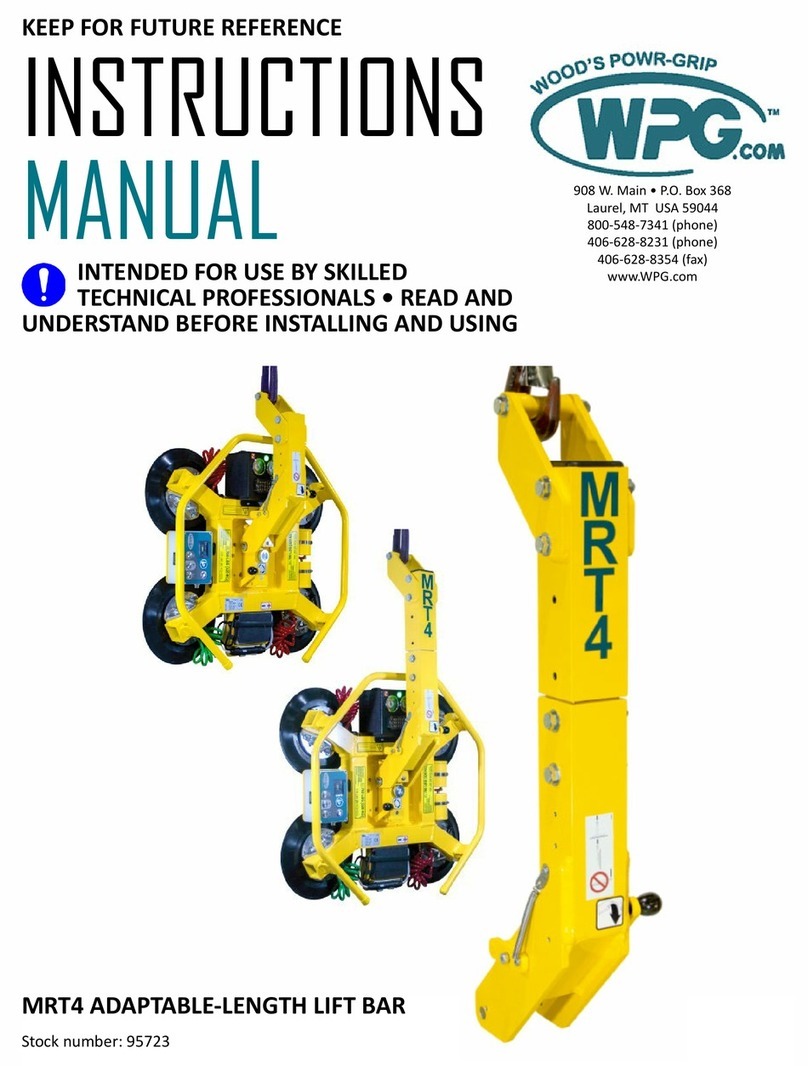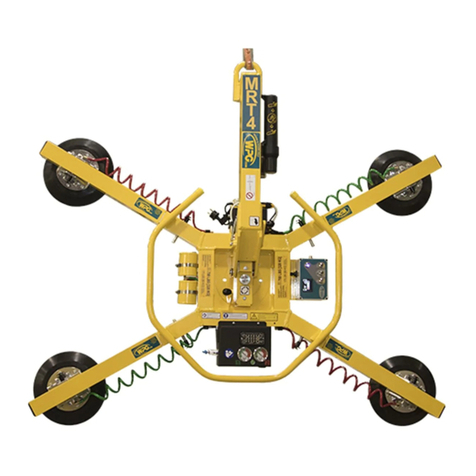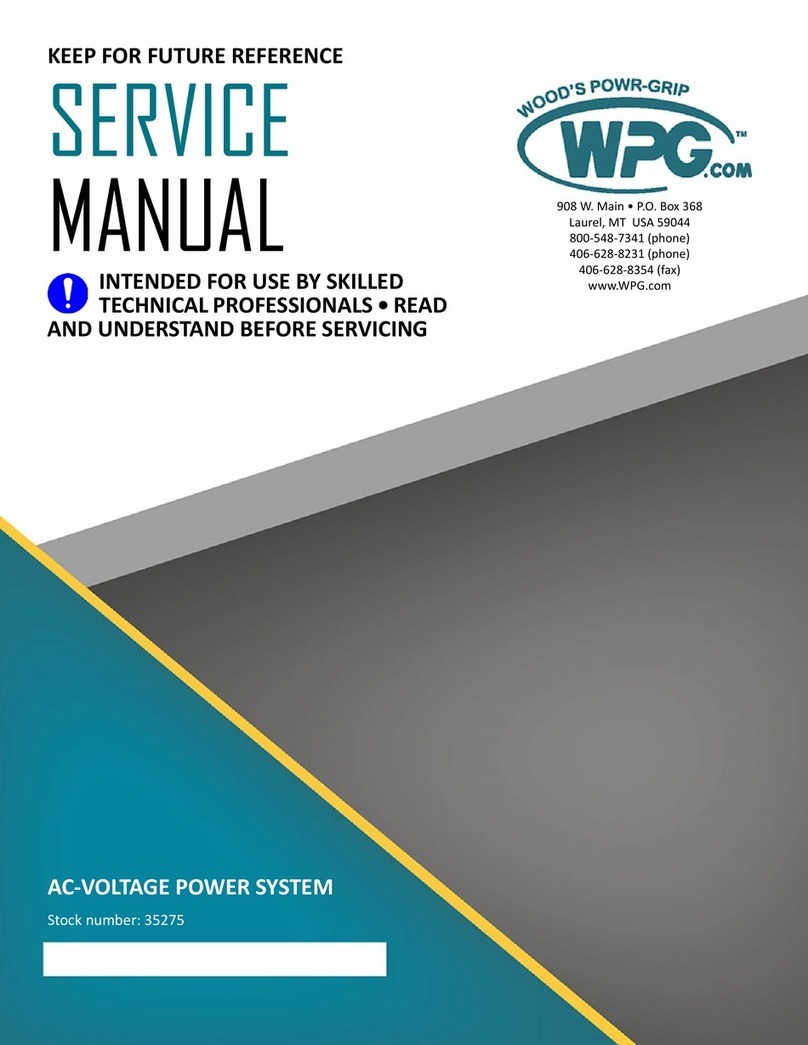
Rev 5.1/4-21 FLEXR(L)-HV11AIR: #350361
SPECIFICATIONS .....................................................................................3
SAFETY...................................................................................................5
OPERATING FEATURES............................................................................6
ASSEMBLY..............................................................................................7
INTENDED USE .......................................................................................9
LOAD CHARACTERISTICS.................................................................................9
OPERATING ENVIRONMENT..........................................................................10
DISPOSAL OF THE LIFTER .............................................................................10
OPERATION..........................................................................................11
BEFORE USING THE LIFTER...........................................................................11
Taking Safety Precautions .................................................................................................11
Performing Inspections and Tests .....................................................................................11
TOUSE THE OPTIONAL PAD SHUTOFFS ..........................................................12
TOADJUST PAD POSITIONS..........................................................................13
Positioning Pad Arms ........................................................................................................13
Positioning Pad Mounts ....................................................................................................14
TOADJUST THE CONTROL HANDLES ..............................................................14
TOATTACH THE PADS TO ALOAD ..................................................................15
Generating Airflow............................................................................................................15
Positioning the Lifter on the Load.....................................................................................15
Sealing the Pads on the Load............................................................................................16
Reading the Vacuum Gauge..............................................................................................16
TOLIFT AND MOVE THE LOAD......................................................................17
Interpreting the Vacuum Gauge .......................................................................................17
Watching the Vacuum Gauge............................................................................................17
Controlling the Lifter and Load .........................................................................................18
In Case of a Power Failure.................................................................................................18
TORELEASE THE PADS FROM THE LOAD .........................................................19
About Stand-By Mode.......................................................................................................19
AFTER USING THE LIFTER.............................................................................20
Storing the Lifter ...............................................................................................................20
Transporting the Lifter ......................................................................................................20
INSPECTIONS AND TESTS......................................................................21
TABLE OF CONTENTS
